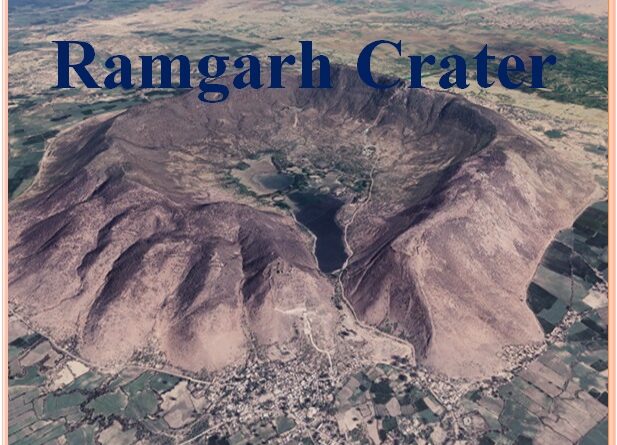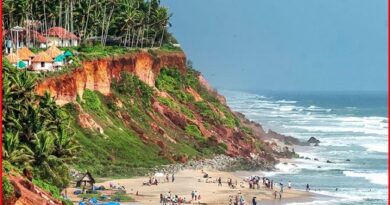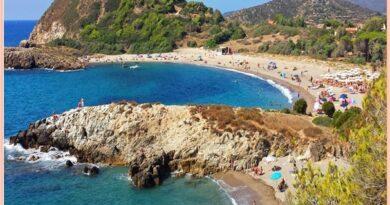Millions of year-old Ramgarh crater and Its Geo-Importance
Ramgarh crater, also known as Ramgarh structure and Ramgarh Dome, is a meteor impact crater of 3 kilometres diameter in the Kota plateau of Vindhya range located adjacent to Ramgarh village in Mangrol Tehsil of Baran district in Rajasthan, India. Because of the impact of the meteorite, a lake of 1 km length and 250-meter width was formed which exists today.
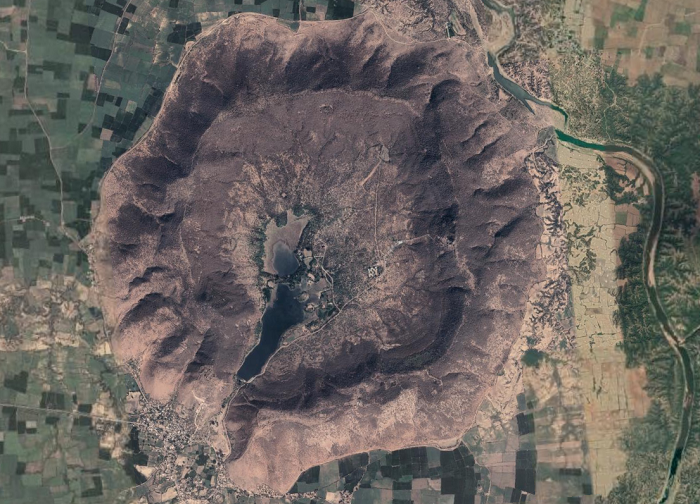
Ramgarh crater was first discovered by the Geological Survey of India in 1869. Since then several geoscientists have undertaken studies to ascertain the genesis of the crater. Ramgarh crater has copy-book patterns of a meteorite impact. It is the third crater in India, two already confirmed craters in India are – Dhala in Madhya Pradesh with 14 km diameter and Lonar in Buldhana district of Maharashtra with 1.8 km diameter. Ramgarh crater is designated as a National Geological Monument.
Topography and Geology Ramgarh crater
The Ramgarh Crater is a rectangular-shaped feature with a prominent, more or less continuous, raised rim all along its periphery that rises 250 m above the surrounding and dips outward with angles between 20-40 degrees from the rim crest The N-S extension of the crater’s rim is 1.4 times of its E-W extension. Ramgarh crater is in a more degraded state compared to Arizona and Lonar Crater. The structure is formed in consolidated sediments that include flat-lying sandstone, shale along with minor limestone of the Neoproterozoic Vindhyan Super-
group.
In 1869, the crater was first visited by geologist Frederick Richard Mallet of the Geological Survey of India (GSI). A rootless mass of sheared sandstone found near Bandewara temple in the crater indicates a fallback material. After discovering shatter coned, colluvium in the middle of the Ramgarh crater, Crawford, first to suggests that this was an impact crater.
The crater impact evidence is in the form of shatter cones in sandstones, planar deformation features (PDFs), and planar fractures (parallel sets of multiple planar cracks) in quartz grains. Shatter cones are rare geological features and are only known to form in the bedrock beneath meteorite impact craters or underground nuclear explosions. PDFs are also formed by extreme shock compressions on the scale of meteor impacts.
This regional geological structure has invited the interest of various geologists throughout the world since its discovery and the past five decades have witnessed a number of theories on the origin of this structure.
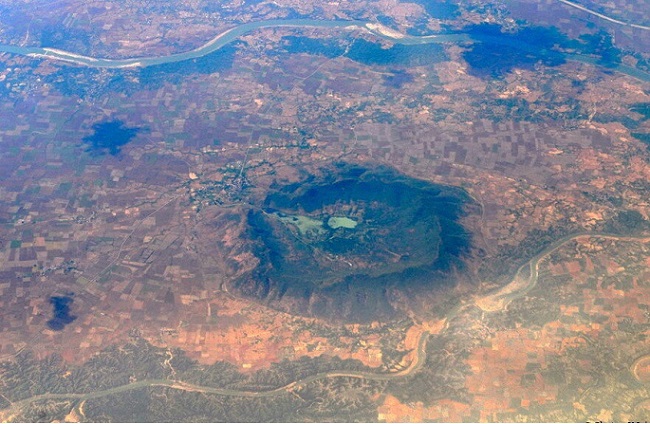
Shatter has collected near the centrally uplifted region of the Ramgarh structure, which is an ideal location as per the well-established and internationally accepted criteria for their presence. Shatter cones have been found in the sandstones, displaying curved surfaces, with sharp striations and exhibit horse-tail like markings,”
Also, read- Erra Matti Dibbalu” A coastal Red sand Dunes and Geo-heritage Site-Geotourism
Glass resembling rock samples were collected from the impacted site. These spherules contain a very high percentage of iron, along with very high ratios of nickel and cobalt. These high ratios suggest a meteorite strike or extraterrestrial rocks.
Ramgarh rivulet flows in the southwest direction of the crater and it becomes a tributary of the Parvati river 4 km in the west. There are several other gullies and rills formed with radial (flowing out of crater) and centripetal (flowing into the crater) drainage. Radial streams flow into the Parbati River, a tributary of the Chambal River. A lake is formed due to the meteorite impact at the center of the Crater.
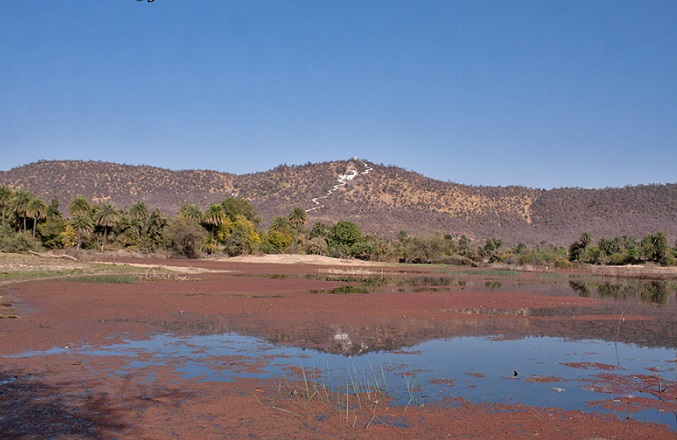
The Bhand Deva Temple, a 10th-century Shiva temple in the style of the Khajuraho Group of Monuments, is located near the center of the crater. Kuno National Park is 60 km away from the crater. Ramgarh Crater lies 110 km from Kota and 250 from Jaipur.
